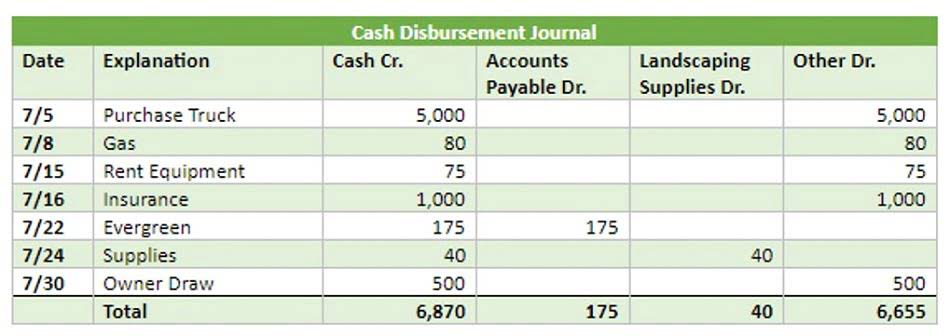
There may be options available to producers if the cost of production exceeds a product’s sale price. The first thing they may consider doing is lowering their production costs. If this isn’t feasible, they may need to reconsider their pricing structure and marketing strategy to determine if they can justify a price increase or if they can market the product to a new demographic. If neither of Bookkeeping vs. Accounting these options works, producers may have to suspend their operations or shut down permanently. “Business in Action 2.5” details the materials, labor, and manufacturing overhead at a company that has been producing boats since 1968.
- Examples include rent, insurance, and depreciation using the straight line method.
- They form part of inventory and are charged against revenue, i.e. cost of sales, only when sold.
- As we indicated earlier, nonmanufacturing costs are also called period costs; that is because they are expensed on the income statement in the time period in which they are incurred.
- According to a study conducted by McKinsey, these indirect costs account for 8% to 12% of the overall manufacturing costs.
- To qualify as a production cost, an expense must be directly connected to generating revenue for the company.
Understanding Manufacturing Costs
Like direct materials, it comprises of a significant portion of total manufacturing cost. They form part of inventory and are charged against revenue, i.e. cost of sales, only when sold. All manufacturing costs (direct materials, direct labor, and factory overhead) are product costs.
Step #4: Calculate the indirect costs (manufacturing overheads)
When you add up all these direct costs, you get the Cost Of Goods Sold (COGS), a term used in accounting when preparing the company’s financial statement. According to McKinsey’s research, cutting down manufacturing costs, in addition to boosting productivity, is the key for manufacturing companies to remain competitive. Selling Expenses – also called Selling and Distribution Expenses.
Example #3: Other direct costs
The direct materials would include the metal for the frame, tires, and handlebars. Direct labor would encompass the wages of workers assembling the bicycles. Manufacturing overhead might include the cost of factory utilities, depreciation on manufacturing equipment, and the salaries of factory supervisors. In the realm of managerial accounting, understanding the distinction between manufacturing costs and non-manufacturing costs is fundamental. These cost classifications not only aid in accurate financial reporting but also play a crucial role in internal decision-making processes. This section delves into the intricacies of these costs, providing you with the knowledge necessary to navigate the complexities of cost management effectively.

Case Study: Cost Management in a Canadian Manufacturing Firm

Material costs are the costs of raw materials used in manufacturing the product. Manufacturing and non-manufacturing costs together form total costs for a manufacturing entity. They are impacted by different factors and thus their appropriate categorization is important. Manufacturing cost overruns indicate production inefficiency whereas non-manufacturing cost overruns indicate inefficiency fixed assets in other areas of operations.

Operating Profit vs. Gross Profit vs. Net Profit

Manufacturing costs other than direct materials and direct labor are categorized as manufacturing overhead cost (also known as factory overhead costs). They usually include indirect materials, indirect labor, salary of supervisor, lighting, heat and insurance cost of factory etc. Mosly, manufacturing overhead costs cannot be easily traced to individual units of finished products. All manufacturing costs that are easily traceable to a product are classified as either direct materials or direct labor. All other manufacturing costs are classified as manufacturing overhead.
- Mastering the distinction between manufacturing and non-manufacturing costs is vital for effective managerial accounting.
- Mosly, manufacturing overhead costs cannot be easily traced to individual units of finished products.
- For a manufacturer these are expenses outside of the manufacturing function.
- If this isn’t feasible, they may need to reconsider their pricing structure and marketing strategy to determine if they can justify a price increase or if they can market the product to a new demographic.
- This helps them understand the most efficient process and the investment they need to make for the selected process.
What are Non-Manufacturing Overhead Costs?
As we indicated earlier, nonmanufacturing costs are also called period costs; that is because they are expensed on the income statement in the time period in which they are incurred. Direct costs for manufacturing an automobile, for example, would be materials like plastic and metal, as well as workers’ salaries. Indirect costs would include overhead such as rent and utility expenses. Total product costs can be determined by adding together the total direct materials and labor costs, as well as the total manufacturing overhead costs. To determine the product cost per unit of product, divide this sum by the number of units manufactured nonmanufacturing costs include in the period covered by those costs.
